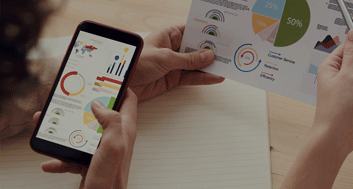Agile vs traditional project management
This section of learning is aimed at personal development and skills. All of these knowledge and skills based learning titles are to help you communicate, become more confident and support your development in Change and projects delivery. These are the foundation level byte sized learning sessions however, pertinent to all. All sessions will require some reflection, participation and embedding of techniques in the real world to ensure you and your organisation gain value from the learning intervention.
Content
The Agile vs traditional project management session will help participants understand the four key lifecycles (product, product development, project management and investment). The appropriate application of iterative and predictive approaches.
By the end of this session participants will be able to:
- identify an appropriate product development lifecycle pertinent to your team and situation
- explain the purpose of a product development lifecycle
- understand the difference between iterative and predictive lifecycles.
Your trusted partner





Not quite what you were looking for…
Agile vs traditional project management
The Agile vs traditional project management session will help participants understand the four key lifecycles (product, product development, project management and investment). The appropriate application of iterative and predictive approaches....
Critical paths in project management
Definition of critical path. Introduction and explanation of dependencies; types (SS, FS, SF, FF) and sorts (hard, soft, malleable) and dependency/flow diagrams....
Delivering results in project management
Delivering results in project management (outcomes) are dependent on the two factors of product and user reception. Progress can only be reliably measured in terms of results (delivered or enabled) arising from related products....






